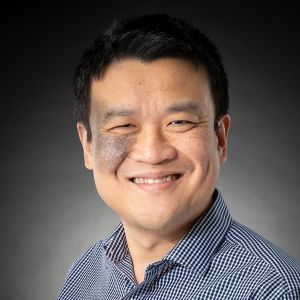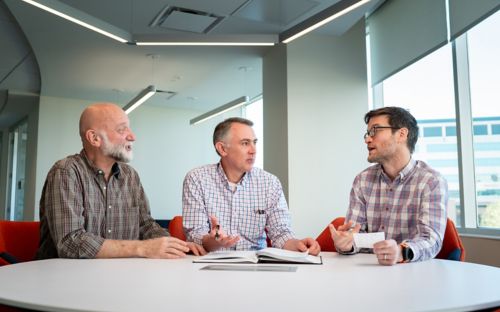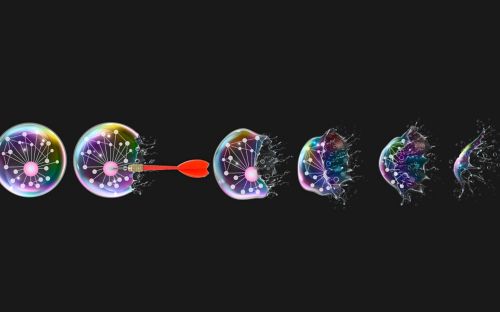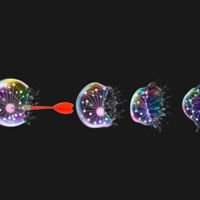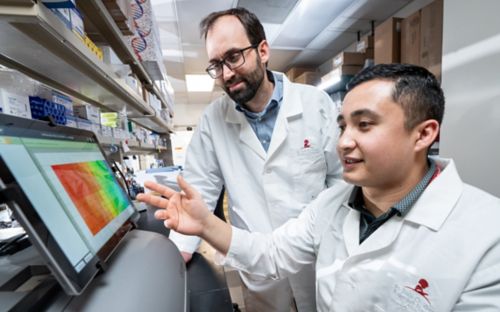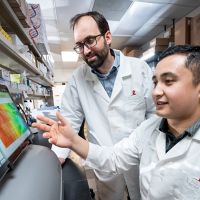New algorithm could help us better understand cancer at its genetic level
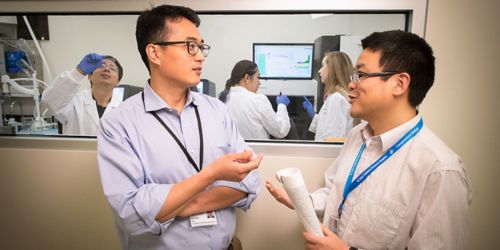
Xiang Chen, PhD, (right) recently developed a new algorithm to improve researchers’ ability to study and fight cancer.
Studying the human genome, the complete set of DNA and genes that allow the human body to maintain itself, is a monumental task. Inside each cell, millions of DNA sets are necessary to make it all work.
When scientists need to study the human genome to learn more about cancer cells and growing tumors, some help is required.
This year, my colleagues and I developed an algorithm that will improve our ability to study and fight cancer.
The algorithm, known as NBID (negative binomial model with independent dispersions) identifies biomarkers that will distinguish the differences in single-cell gene expression in specific cell populations and allow for a better understanding of cancer at its genetic level.
Our research appeared in the online journal Genome Biology earlier this year.
Studying single-cell RNA sequencing
Studying RNA sequencing can be a challenge.
Researchers must capture the individual cell’s RNA, which is responsible for copying DNA information within the cell. The problem is the number of cells we need to mine for this data.
Still, sequencing helps us understand the genetics of cancer and the immune system.
Since some tumor cell populations are resistant to chemotherapy and other medical treatments, sequencing can reveal genetic markers to help identify effective treatments.
Not only can improving RNA sequencing lead to more precision therapies for patients, it may also help develop more sensitive and accurate diagnostic testing to detect problems or solutions faster.
NBID - Our Development and Its Importance
My team of researchers—including St. Jude colleagues David Finkelstein, PhD, and Gang Wu, PhD, as well as Yan Li of the University of Minnesota—tested the NBID algorithm against existing methods.
We found that our algorithm had a more favorable false discovery rate than other methods. We also found NBID was a practical application for biomarker identification and an improvement on tracking gene expression using a process called UMI (unique molecular identifier).
We then tracked gene expression by labeling the messenger RNAs with a figurative “molecular barcode” using the NBID algorithm.
As a result, we were able to model group-specific cells with distinct expression. This gives us a better understanding of the tracked cells, like cancer cells, at a genetic level.
The testing and research made it clear that our NBID algorithm is both more accurate and sensitive than other popular methods of studying single-cell sequencing. We will now know more than ever before about various cancer cells and how the subpopulations of these cells progress.
